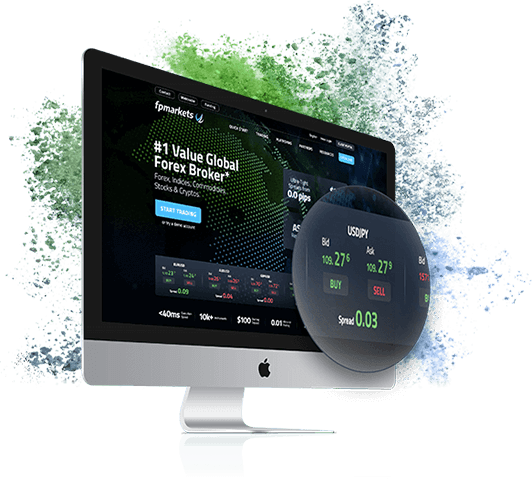Investing periodically can be an effective way to achieve your financial goals. However, this means having the skills to be able to invest in all types of market conditions. The stock market, like any other financial market, has its own share of ups and downs and periods of volatility. The Coronavirus crash and COVID-19-induced volatility is a case in point. The huge volatility caused by lockdown and an uncertain economic future sent the stock markets across the world on a roller coaster ride and share prices plummeted. Let’s take a look at how you could invest during market uncertainty.
Experience Trading
on the Go
on the Go









 Access 10,000+ financial instruments
Access 10,000+ financial instruments